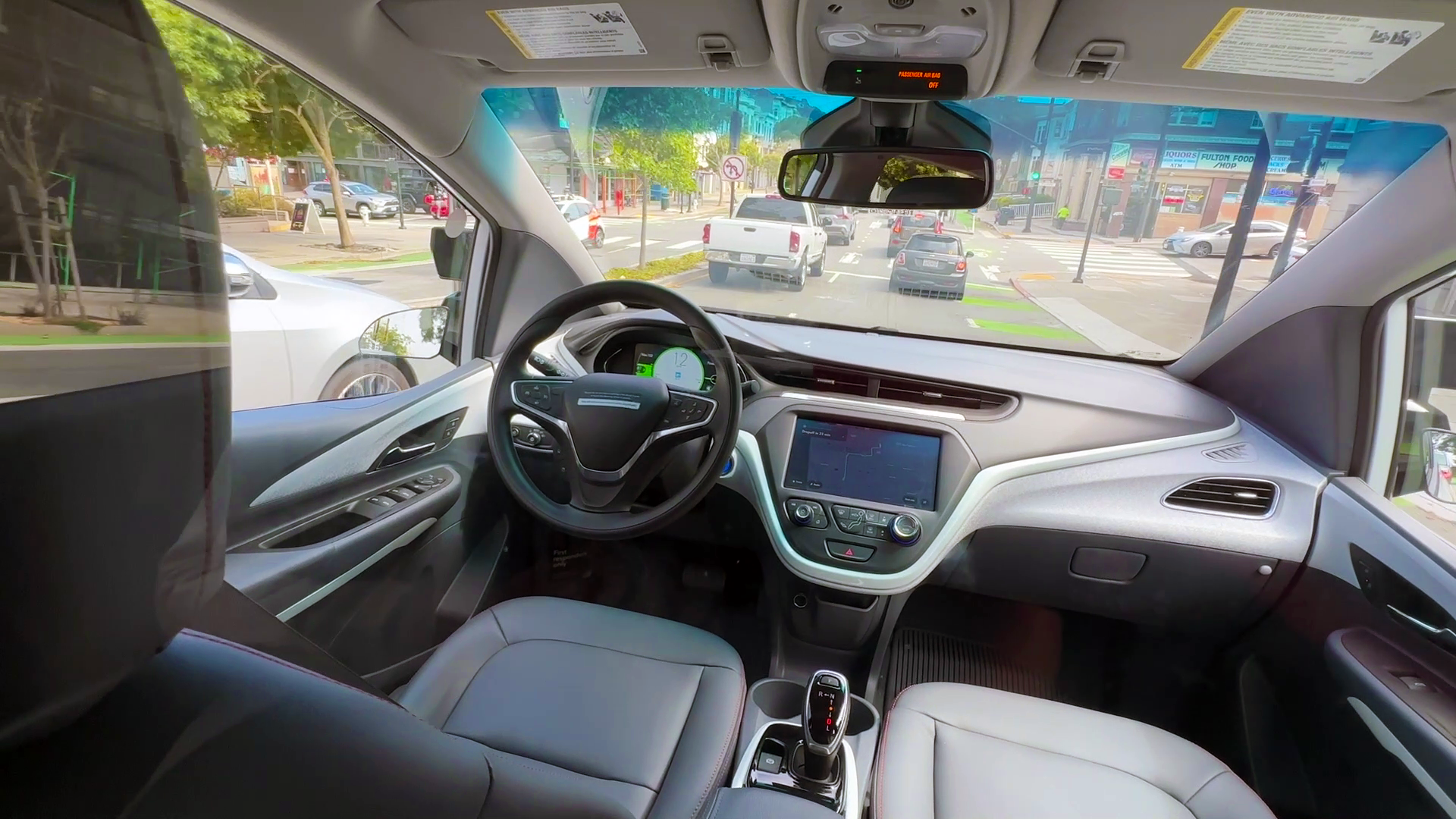The sea of greenhouses sat in manicured rows in Half Moon Bay's Rocket Farms, as if someone took a model and reproduced dozens of exact versions of the same glass building.
But Rocket Farms president Nick Bavaro walked past the rows of buildings with their faded white paint, pointing out the buildings represented multiple eras of greenhouse technology -- from the inefficient 70-year-old wood buildings to ones filled with state-of-the-art technology where legions of high-tech robotics were carrying out everything from planting to packing.
As California agriculture continues to suffer in the grips of the state's historic drought, Bavaro explained how indoor farming may be hitting its heyday, with its ability to reuse irrigation water, and grow food all year round in climate-controlled buildings.
"What this enables us to do, versus traditional outdoor growing," Bavaro said, "is to grow our product on a year-round basis with consistency."
Get a weekly recap of the latest San Francisco Bay Area housing news. Sign up for NBC Bay Area’s Housing Deconstructed newsletter.
Greenhouses have long been employed to grow crops; from flowers to vegetables like tomatoes, strawberries and herbs. But the technology in growing has evolved to the point that vast commercial enterprises can scale-up, providing significant amounts of food products.
Where Rocket Farms traditionally grew flowers, the bulk of its operation is now devoted to potted herb plants sold in places like Trader Joe's and Walmart.
"This is a portion, a percentage of agriculture that feeds this country," Bavaro said, "and I think it will play a bigger part as time goes on."
Local
Bavaro led a tour of the "greenhouse of the twenty-first century," where machines were busily planting basil sprouts in pots of soil asother machines sorted and moved more mature basil plants with only a smattering of actual human workers in sight.
But the systems at work did more than just replace humans -- they were also designed to reuse irrigation water, a precious commodity in the drought-ridden state.
"We’re able to recapture 100% of that water," Bavaro said. "The utilization of 100 gallons; 30% is absorbed by the plant, the other 70% is recycled and used again."
But perhaps nature's most significant competition in the operation came from recently-installed LED lighting systems that can dial up the plants' preferred spectrum, especially valuable in a fog-prone region like the San Mateo coast.
"You can have exactly what kind of light you need for exactly what kind of plants you need," said Bryan Fried, CEO of Pangea Global Technologies, a lighting system company that provided Rocket Farms' technology.
Fried said the lighting can now be coupled with technology systems that also measure soil moisture, humidity and temperature light levels -- providing real-time monitoring that can quickly be adjusted.
While greenhouse technology had been slowly evolving, Fried said it was the development of California's other famous indoor crop -- cannabis -- that accelerated the technology's push forward.
"And so it became just a smart thing," Fried said, "to try and develop technology for cannabis plants for various uses that would also apply to ag tech."
What it means now, is the possibility an indoor farm belt can spring-up beyond the confines of geography and climate.
"So you can grow strawberries in the dead of winter in the middle of a city," Fried said, "and still have a big ripe delicious strawberry that you can pick that day and eat that evening."
But Bavaro, who makes his home in the bread basket of California's Central Valley, cautions that indoor farming is not a fix-all for the state's water woes.
"It’s really the future of farming for certain products, it will not work for all products," Bavaro said. "Will it replace traditional farming? No, but it’s definitely a supplement."
Bavaro zipped through Rocket Farms' greenhouses where massive green indoor crops yielded potted cherry tomatoes, basil, rosemary, thyme and even Venus Flytraps.
In a sense it is a farm without seasons, where the area's ubiquitous fog impacts little but mood.
"Here in California you may be able to grow these products six months out of the year," Bavaro said. "We’re able to do this twelve months out of the year, twenty-four hours a day."




